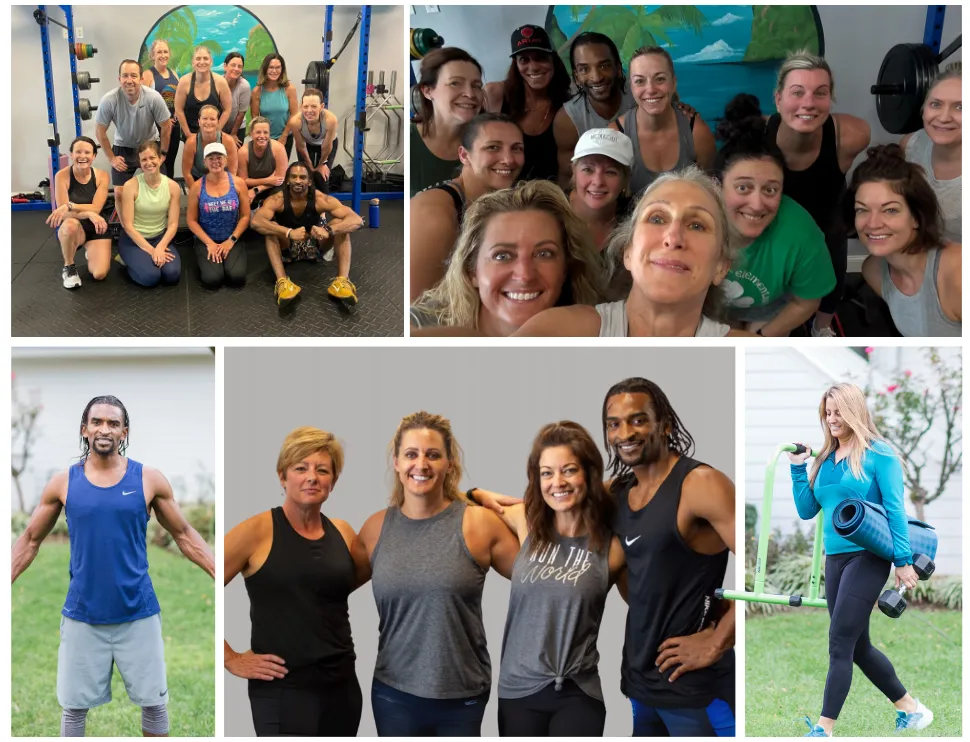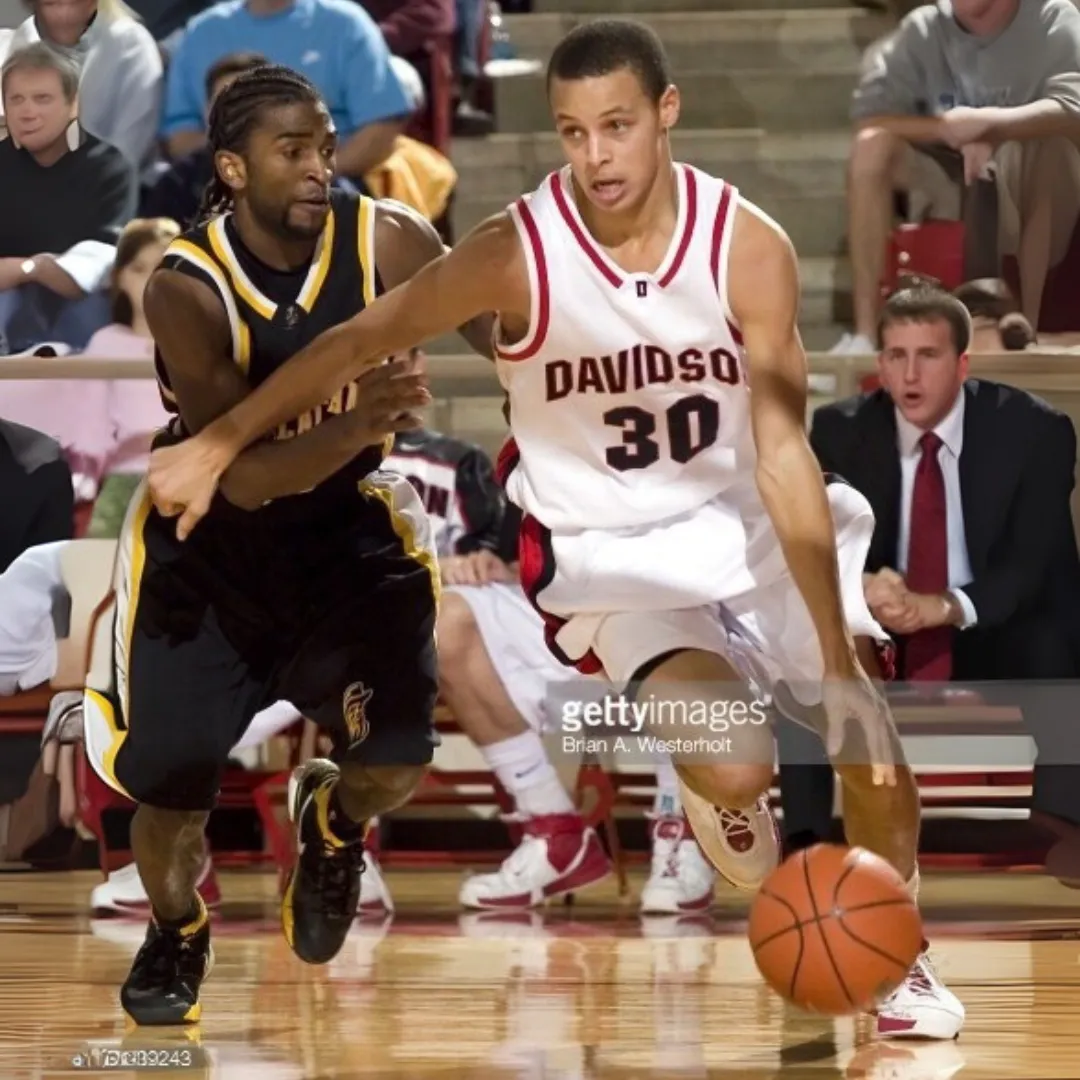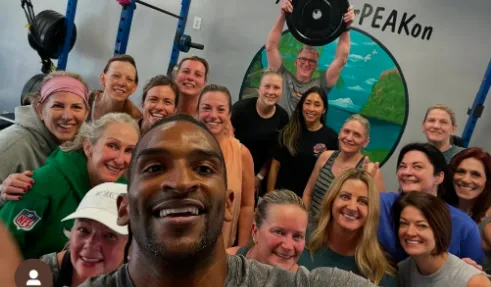
BEST Personal training gym for women 35+!
Start with a FREE 7-Day PEAK Pass — just for women 35+ who are ready to feel amazing again.
No gimmicks. No pressure. Just expert coaching, real community, and workouts designed specifically for women navigating menopause and beyond.
BEST Personal training gym for women 35+!
Start with a FREE 7-Day PEAK Pass — just for women 35+ who are ready to feel amazing again.
No gimmicks. No pressure. Just expert coaching, real community, and workouts designed specifically for women navigating menopause and beyond.

Struggling to find the right workout that feels safe, effective, and built for real life?
At PEAK-topia, we help women 35+ in Apex, NC feel stronger, more confident, and supported with a structured, personalized approach that meets you where you are. Our mission is straightforward: to create a space where women rediscover their strength through the right coaching and community.
1
Schedule a Free 7-Day PEAK Pass
Start with a simple trial so you can experience the workouts, meet the coaches, and see if it feels like home.
2
Get a Personalized
Game Plan
We’ll learn about your goals, your challenges, and your starting point. Then we’ll tailor your training — whether it’s adult fitness, youth basketball, or both — so it works for you.
3
Train with
Confidence, Risk-Free
You’ll move forward with expert coaching, proven systems, and a supportive community. Every program comes with our 28-Day Results Guarantee, so there’s no risk — just progress.

PEAK-topia Athlete Training & Basketball Development
For middle & high school athletes ready to level up.
DJ Thompson — Division I Hall of Famer & former pro — coaches athletes in movement, strength, and mindset while building basketball skills that last.
Skill Training: Shooting, ball-handling, defense
Performance: Strength, Vertimax, conditioning
Clinics: Tryout prep, point guard focus, game-ready play
Mindset: Confidence, leadership, resilience
What Makes Us Different
At PEAK-topia, every session is led by certified coaches who focus on your goals — not on selling memberships, packing classes, or leaving you to figure it out alone. Our small-group training gives you the attention you need while still having the energy of a community. With decades of combined experience in fitness, coaching, and athletics, we’ve helped women 35+ feel strong and confident again, and youth basketball athletes perform at their peak — and we can help you too.

CLIENT SUCCESS STORIES
★★★★★
Karen M.
Such a great gym with an even better community. The workouts challenge you, keep you interested, and are never repetitive. If you’re looking for something real and fun — this is it.
★★★★★
Stacy P.
Walking through the doors at PEAK was a turning point in my life. I’m beyond grateful. What they’ve helped me build — physically, mentally, emotionally — I carry every day.
★★★★★
Laurie S.
The coaches at Peak-topia are genuine and easy to connect with. I actually look forward to going, which says a lot. It’s not just workouts — it’s community.
Our Promise
Show up for 28 days. Follow the plan. If you don’t feel stronger, more confident, and better supported, we’ll give you a full refund. That’s our promise.

Strong starts here. Choose what fits you.
About Us
PEAK-topia is more than a gym — it’s a community. We help women 35+ feel strong and confident again, and youth basketball athletes gain skills and resilience for life.
Menu
Contact Info
Jenn & DJ — Partners, PEAK-topia
1500 Townside Drive, Unit 103, Apex, NC
919-888-4558
Instagram: @getyourpeakon